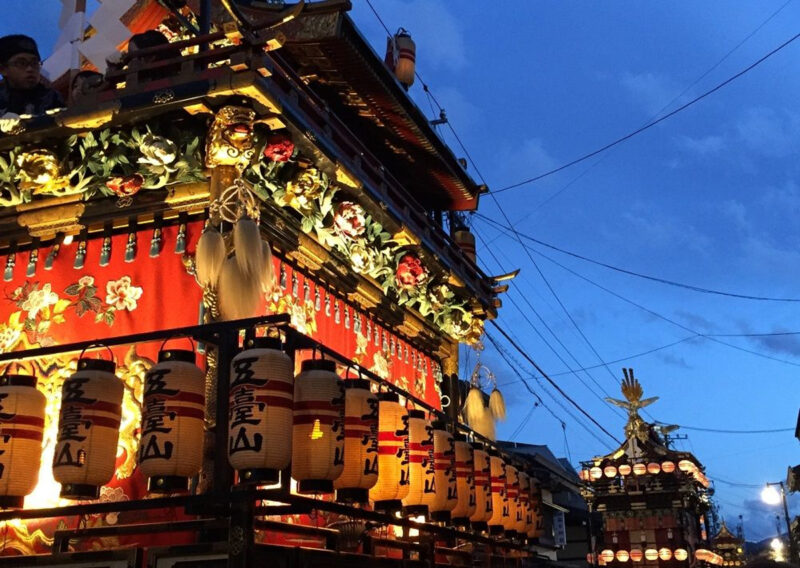Throughout the year there are many matsuri in Japan. Every region has its fair share of mainly spring, summer, and autumn festivals, but even in winter, some locales have festivities on the calendar. Summer is undeniably the peak of Japanese festivals’ season, and fireworks are often part of it. If you visit Japan in summer, chances are you will happen upon a local festival, whether you are traveling in the city or in the countryside.



Meaning of Japanese Festivals
The original meaning of the word ‘matsuri ‘(festival in Japanese) is ‘to welcome the invisible to a place where they become visible’. In other words, gods or spirits who are usually invisible visit during festivals, and are welcomed by the people. Japanese festivals have been handed down from ancient times and are celebrated to bring about communication between gods and people. Among the large variety of Shinto spirits, however, there are some that bring about diseases and natural disasters, so festivals are also set up to ward off evil spirits.
The festival usually consists of two parts: the first part is a more solemn worship ritual at the shrine, and the second part is the more festive part where often a mikoshi (portable shrine) is carried through the streets while being cheered on by onlookers hereby also blessing the areas it passes through.
Copious amounts of alcohol and merriment are also an important part of many of these festivals. Many people dress up in traditional clothes, and there are special festival foods to be had like yakisoba, takoyaki, and chocolate-covered bananas.
Famous Matsuri
The Japanese like to use number 3 to summarize things. When it comes to festivals, however, opinions are divided on which three festivals are considered to be Japans’s main festivals. For instance, there are many who think the Sanja Festival in Tokyo, the Gion Festival in Kyoto, and the Tenjin Festival in Osaka are the three largest festivals. But another view holds that the three largest festivals are the Sanno Festival in Tokyo, the Aoi festival in Kyoto, and the Tenjin Festival in Osaka. All of these matsuri are held between April and October.
Another important festival is the Hanamatsuri or Flower Festival that is held on April 8 to celebrate the birth of Gautama Buddha. Formally called Kanbutsu-e, the festival is observed based on the story about Buddha’s birth in which a dragon flew down from heaven and poured fragrant water. People now pour amacha, or sweetened tea, onto the statue of Buddha to commemorate this story of origin.
Doll Festival
The Hinamatsuri also appeals to the imagination, this is the festival for girls on March 3rd when daughters are celebrated and wishes are expressed for their future happiness. Hinamatsuri is the day on which hina ningyo, a set of dolls dressed in ancient costumes, are displayed together with peach blossoms as decoration. A sweet drink made of rice called shirozake is offered.
The original form of this custom was purifying oneself in water. but later paper dolls were used instead of people bathing themselves. In the Edo period, paper dolls were turned into the more sophisticated ones we see today. Boys are celebrated by flying a koi fish banner on May 5th, which was originally Boy’s Day, but became Children’s Day eventually.
Your Japan Tour
If you are thinking about making a trip to Japan, as seasoned Japan experts we can help you create your perfect Japan tour, including Japanese festival experiences. Contact us to start planning your unforgettable holiday to this fascinating country full of once-in-a-lifetime experiences, culture, history, nature, and delicious food!
